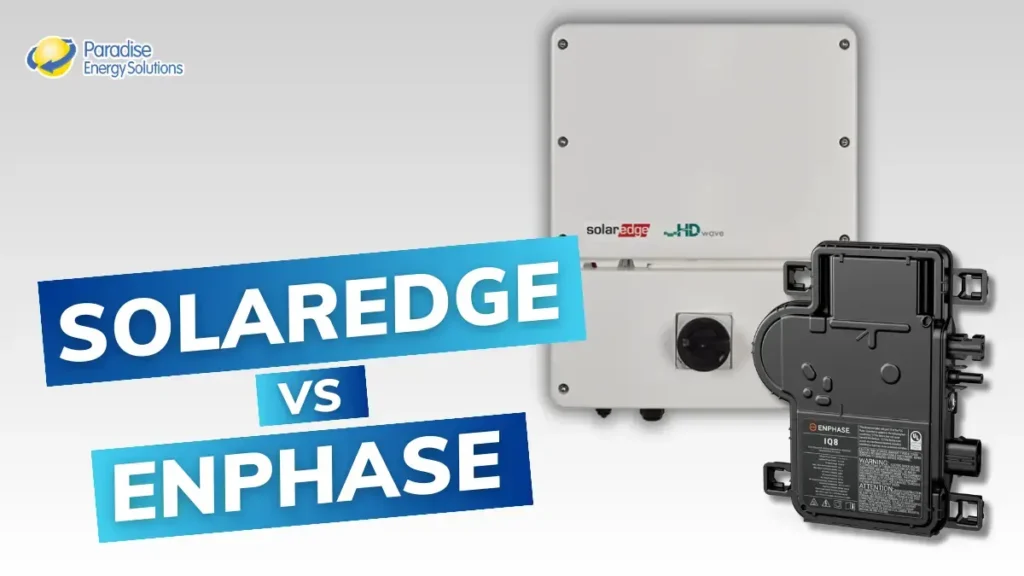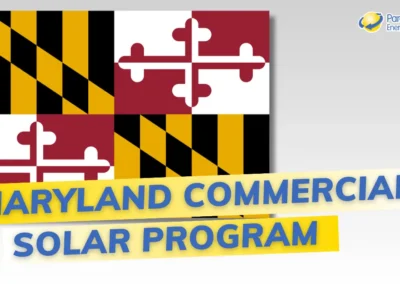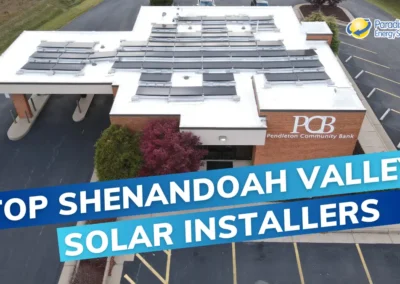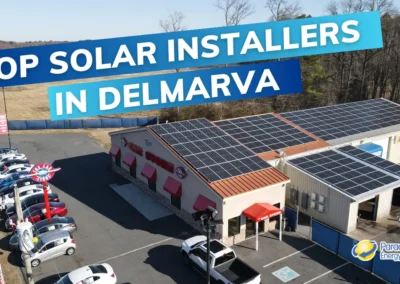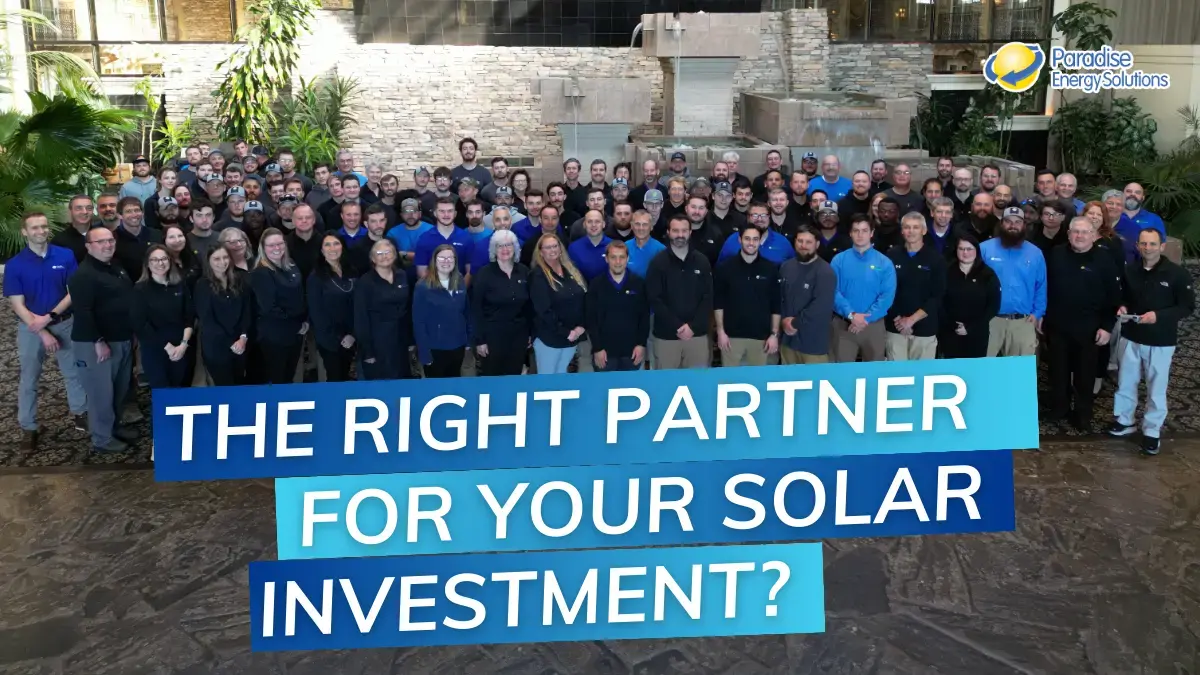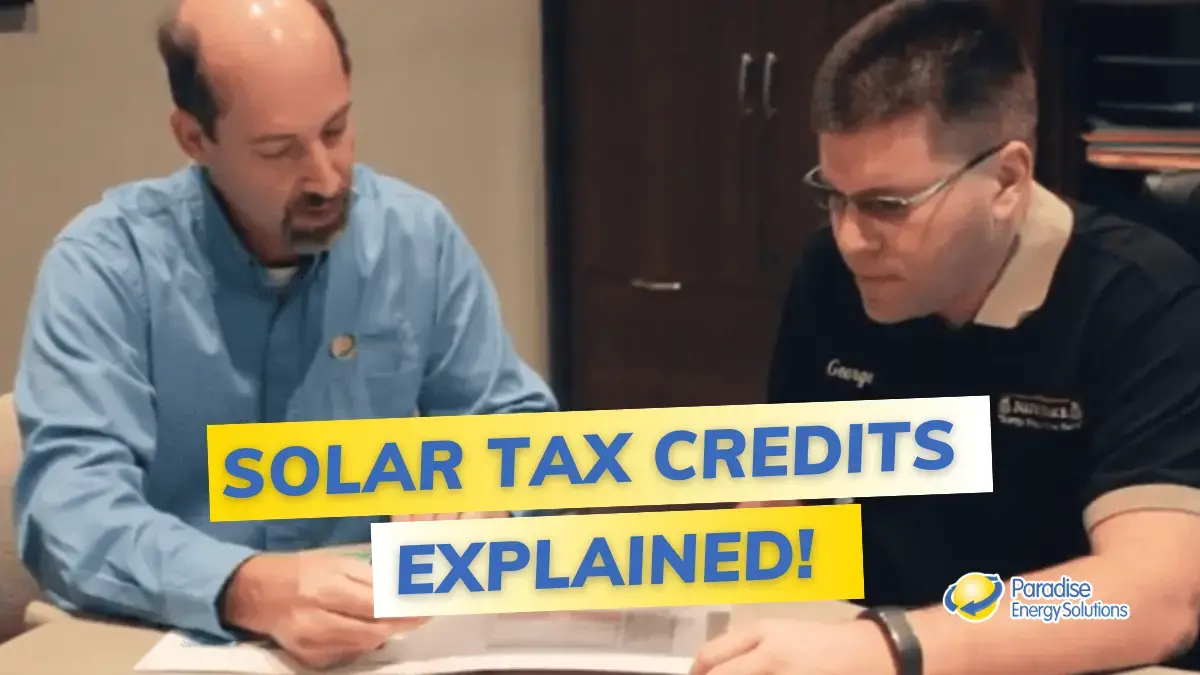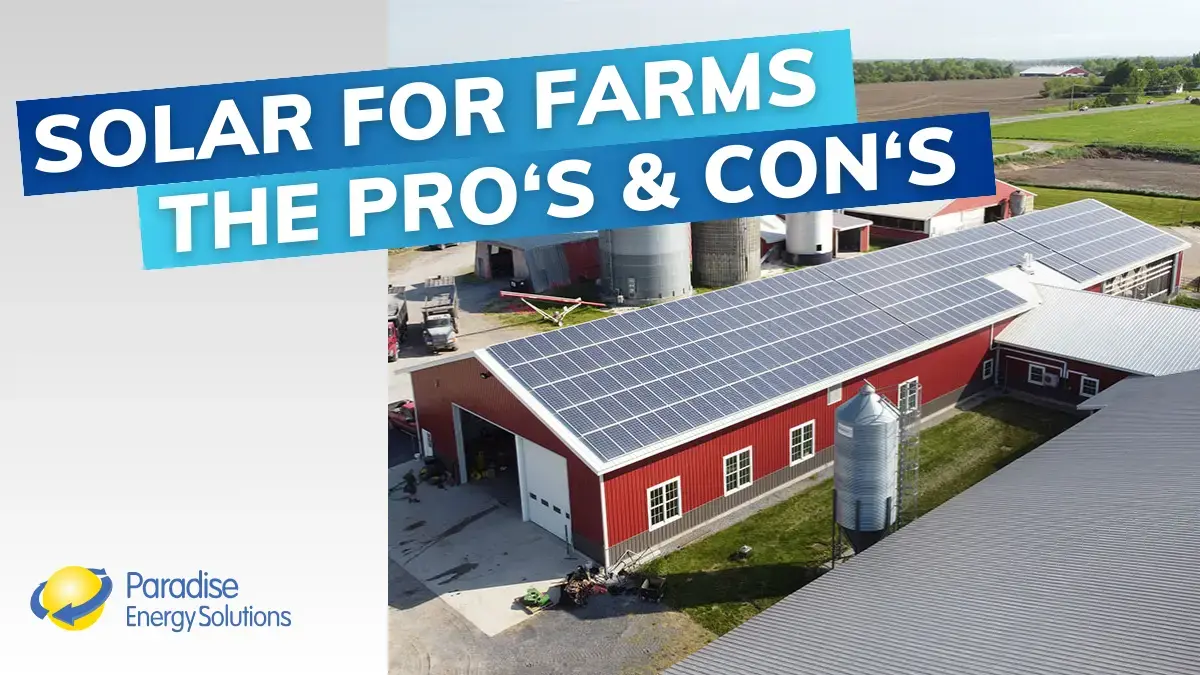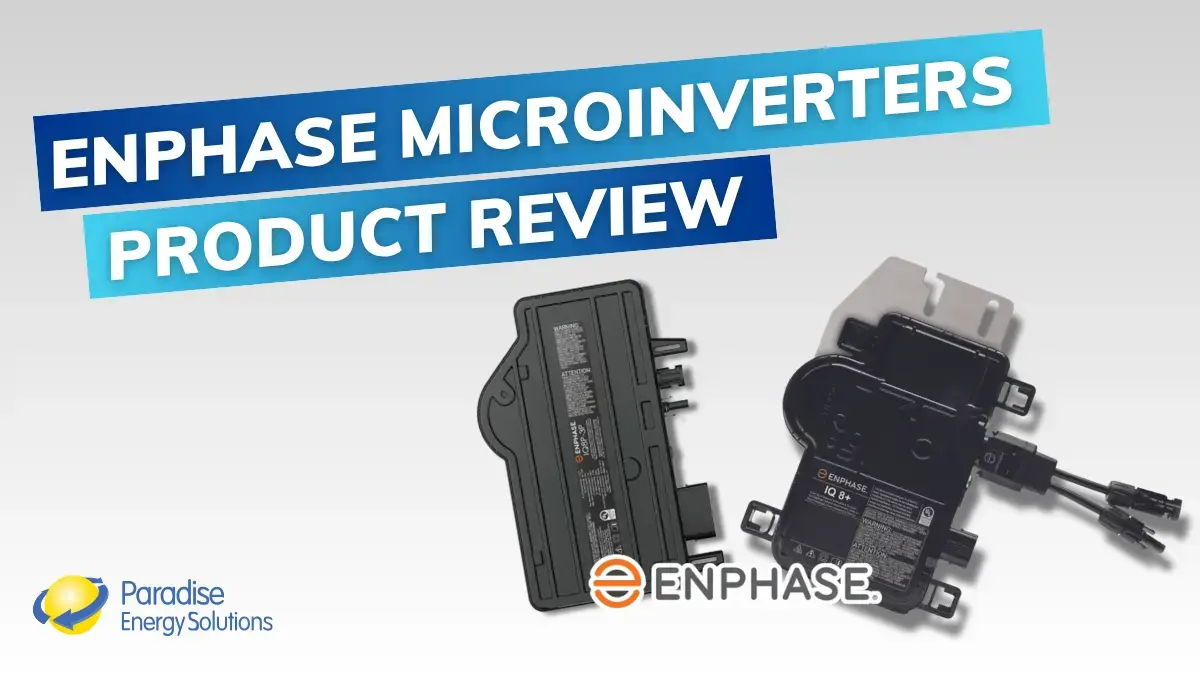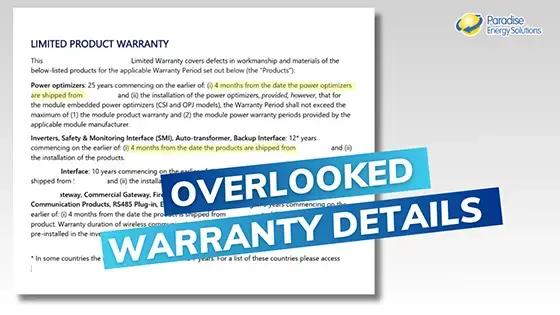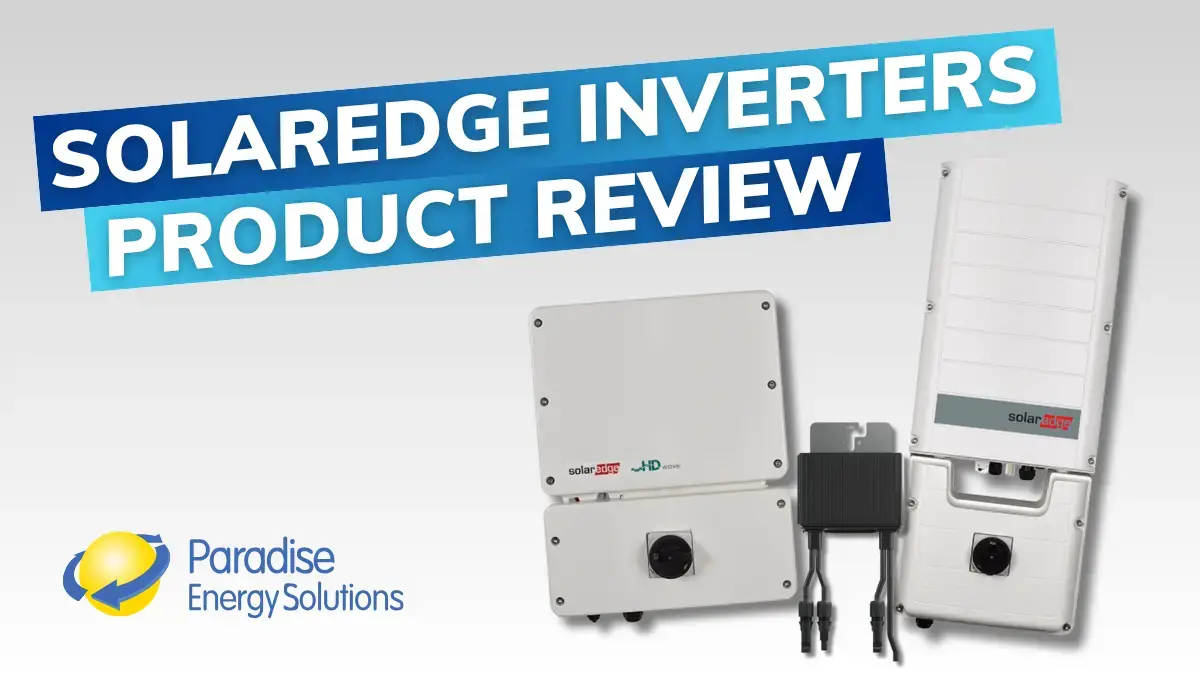Solar panels turn sunlight into free electricity, earning them all the glory in a solar energy system. But without inverters, that electricity would be useless. Inverters convert DC energy from the panels into AC power—the electricity your business or home uses.
This blog compares two top solar inverter brands: SolarEdge and Enphase.
While they work a little differently, both brands allow for panel-level optimization, leading to a more productive system and better monitoring technology. But how do they differ, and which is the best solar inverter for your system?
Here’s how we breakdown our comparison of Enphase vs. SolarEdge inverters:
While both brands offer excellent, high-quality products, this breakdown should help you decide the best fit for your solar energy system.
Component Analysis:
SolarEdge vs. Enphase Inverters
SolarEdge and Enphase inverters both offer panel-level optimization. Put simply, the amount of electricity each solar panel can produce is independent of the other solar panels in the system. Overall, systems with panel-level optimization can produce more electricity.
With a traditional string inverter, the production level of all the solar panels in one string is set by the lowest-producing panel. When something prevents at least one solar panel in a string from operating at its peak (like shading), all the other panels’ production will be reduced. Panel-level optimization eliminates that, allowing each panel to generate as much electricity as it can.
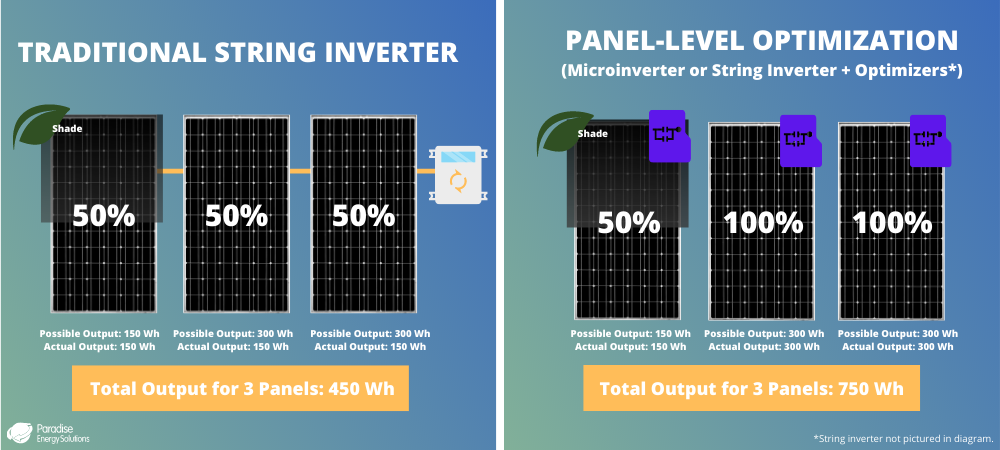
While both SolarEdge and Enphase offer this feature, they use different tech and equipment to achieve it.
SolarEdge: String Inverter + Power Optimizers
SolarEdge manufactures string inverters. However, with additional equipment called optimizers, systems achieve panel-level optimization.
Power optimizers are small boxes installed on the underside of each solar panel. They allow each panel to produce as much electricity as possible, regardless of other panels in its string.
One small thing to consider is that SolarEdge’s power optimizers can make it more challenging to increase the size of your solar system. With a SolarEdge system, you may have to replace or add a central string inverter.
Enphase: Microinverters
Enphase’s panel-level optimization technology is a bit different. Instead of optimizers connected to a string inverter, each panel is fitted with its own small inverter.
Microinverters allow each panel to operate more or less independently. They won’t be grouped into strings at all. This allows each panel to produce as much electricity as its technology and environment allow.
Scaling up your system with Enphase microinverters is likely more straightforward than with SolarEdge, as there won’t be a need to replace a central inverter. As long as the new microinverters are compatible with the existing equipment, you’ll just be able to add additional ones with each panel.
Here’s how string inverters compare to microinverters.
Energy Backup Solutions in Solar Inverters: Enphase vs. SolarEdge
Until recently, SolarEdge and Enphase were on an equal playing field regarding operations when the grid goes down. All grid-tied systems must shut off, meaning you can’t access electricity unless you have an external battery system.
But Enphase’s new IQ8 model changed things.
The IQ8 microinverters now offer sunlight backup. This built-in feature gives you access to solar-generated electricity while the grid is down. It still complies with rapid shutdown requirements by transforming your system into its own microgrid.
That said, Enphase IQ8 inverters don’t function as a full backup. They’ll only work if your system can produce electricity in real time. If it’s cloudy or the sun goes down, you’ll lose power.
Additionally, a system in sunlight backup mode can only produce a fraction of the electricity as it normally could. You’ll have to install a load control device and select the specific items you’d like to continue to power during an outage. When real-time solar production dwindles, these loads will drop off.
For significant backup power, you’ll need a separate battery storage system.
Evaluating Efficiency: SolarEdge and Enphase Inverter Comparison
With every inverter, a small amount of electricity will be lost during the AC/DC conversion process. That said, some are more efficient than others. Both SolarEdge and Enphase are highly efficient options, but one has the upper hand.
SolarEdge inverters have a 99% efficiency. However, we also have to account for the efficiency of the power optimizers, which is 98.6%. In other words, 98.6% of the electricity that passes through the optimizer will then be passed through the inverter. 99% of that electricity will then pass on to your home. This means the total system efficiency is 97.6% (98.6% x 99%).
In contrast to SolarEdge, Enphase inverters come with a 97% efficiency. Overall, a SolarEdge system will be slightly more efficient than an Enphase system.
Cost Comparison: Pricing Out SolarEdge and Enphase Inverters
While neither SolarEdge nor Enphase will be the cheapest inverter option, both offer a high-tech, quality product.
When comparing the two, SolarEdge will likely be more affordable. Pricing has long been a struggle for Enphase. They offer a great, simple product but can be expensive compared to competitors. However, as their technology advances and they continue adding new features, like sunlight backup, they continue to give other brands a run for their money.
Inverters are just a part of a solar system’s overall cost. Here’s a complete look at the total cost of installing a solar system.
Warranty Review: SolarEdge vs. Enphase Inverter Guarantees
Warranties are a great indicator of how much faith a manufacturer has in their product. In the case of SolarEdge and Enphase inverters, both are backed with extensive, long-term warranties.
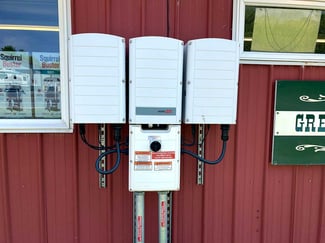 A SolarEdge string inverter is backed with a 12-year warranty. Depending on the model, you can extend that warranty by 8 or 13 years for an additional cost. The power optimizers are backed with a 25-year warranty.
A SolarEdge string inverter is backed with a 12-year warranty. Depending on the model, you can extend that warranty by 8 or 13 years for an additional cost. The power optimizers are backed with a 25-year warranty.
Enphase microinverters are covered by a 25-year warranty.
When it comes to warranties, Enphase comes out on top with its standard warranty that lasts 25 years. If you want to match that warranty with SolarEdge, you’ll have to purchase their additional warranty for the string inverter. However, in most cases, adding the extended warranty to SolarEdge will still be cheaper than the standard Enphase system.
Monitoring Features: Analyzing SolarEdge and Enphase Systems
SolarEdge and Enphase both offer remote monitoring options that can tell you what your system is producing on a panel-by-panel level. This is not only helpful for monitoring your system’s output, but it can help identify and diagnose potential issues.
Both brands make accessing this information convenient. You can tune into the monitoring portal through your computer or smart device with a Wi-Fi or internet connection.
Making the Decision: Selecting the Ideal Solar Inverter for Your Needs
Enphase microinverters vs. SolarEdge string inverter and power optimizer combination can be a difficult call to make. Both are among the best solar inverter brands on the market today. They offer robust panel-level monitoring and help to maximize your solar production with panel-level optimization.
Enphase systems will likely be the costlier option and have a slightly lower efficiency rating. However, they do come with a standard warranty of 25 years, and new models offer sunlight backup capabilities to keep your critical loads going during outages.
A SolarEdge system will likely be less expensive (including a warranty extension), leading to a better overall ROI. That said, they won’t have the sunlight backup option.
Reach out to our team if you would like help selecting the best inverters for your system. You can also browse our other educational blog posts, including this look at SolarEdge vs. SMA inverters.
Originally Posted on July 29, 2021. Refreshed in January 2024.
